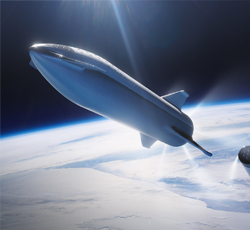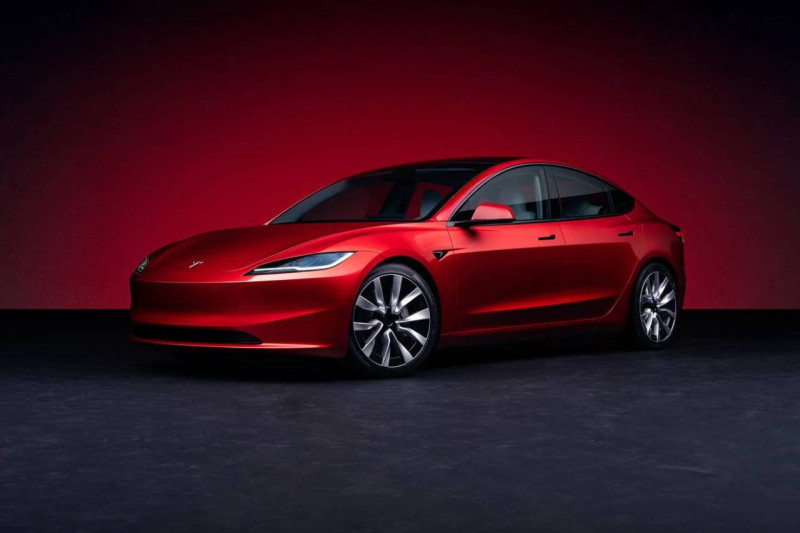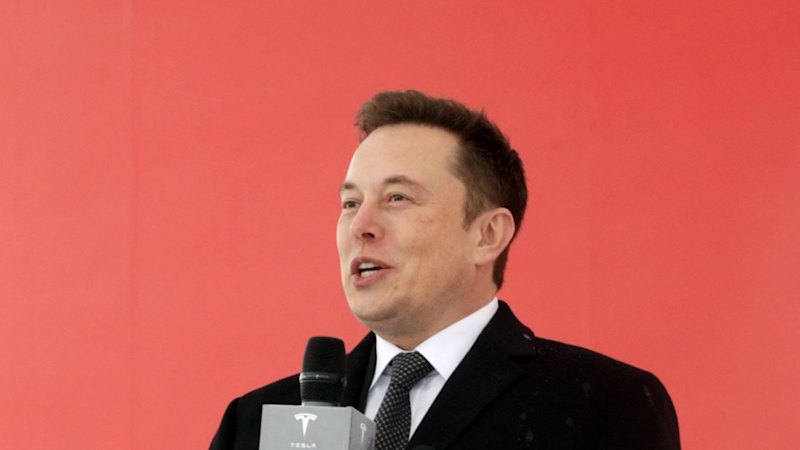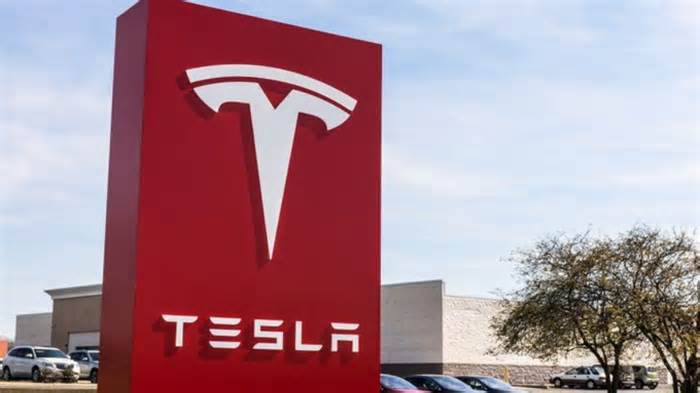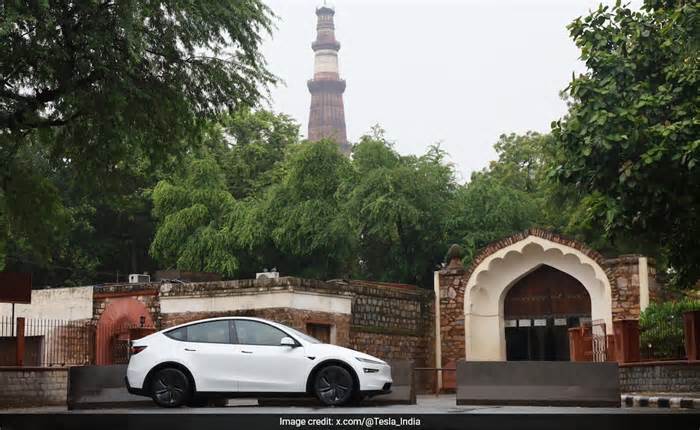
2024 Tesla Cybertruck Review: Impressive Engineering Hamstrung by Hubris
- by The Drive
- Apr 01, 2024
- 0 Comments
- 0 Likes Flag 0 Of 5

Apr 1, 2024 10:00 AM EDT
0 Terms of Service & Privacy Policy.
The Tesla Cybertruck is the car of the year. I don’t mean it’s the best car of 2024, but it’s certainly the most talked about and has been since Elon Musk bashed in its window onstage back in 2019. Yes, the “bulletproof” stainless steel Tesla pickup is perhaps the ultimate product of our polarized culture of fear, and its Musk-fueled gestational period was anything but normal. But now, incredibly, it’s a real vehicle you can go out and buy, Bioweapon Defense Mode and all.
Anything I say about the Cybertruck from this point on probably won’t change your mind about it, and that’s OK. I liked driving it. Does that mean I want one, or that it’s good for society? Not necessarily. I’ll get to that. But as a technical showcase, it’s as impressive as it is distinctive, and it carries with it an innovation that could change the future of trucks and commercial vehicles for the better.
Maddox Kay
Tesla doesn’t offer traditional press loans, so when Turo offered us 24 hours and 100 miles with a privately owned Cybertruck, we gladly accepted. Think of it as an extended test drive. The short duration and mileage limit of our loan means we didn’t get to go off-road or test its claimed 11,000-pound tow rating, but we figured some time with the truck was better than nothing.
Special thanks to the fine folks at Turo, who comped us a one-day rental, and to Chris, an enthusiastic early adopter who let us borrow his truck. If you want to check out his Cybertruck in L.A., you can find it here.
The Basics
The Cybertruck is the first stainless steel-bodied car since the DeLorean DMC-12. Its wedge-shaped body is curiously unbranded—you won’t find a Tesla logo anywhere—but there’s no mistaking it for anything else on the road. All Cybertrucks come standard with four-wheel steering, a 123-kWh usable battery pack, a six-foot bed that’s four feet wide, and up to 16 inches of ground clearance. In typical Tesla fashion, a humongous 18.5-inch center touchscreen up front and a 9.4-inch touchscreen in the rear house the bulk of the truck’s controls.
There are two Cybertruck trims currently being produced: the $79,990 dual-motor all-wheel drive base model and the $99,990 tri-motor Cyberbeast. Tesla’s website also shows a rear-drive model slated for production in 2025, but for now, let’s focus on the AWD ones you can theoretically buy. The truck I drove was a dual-motor Foundation Series, a launch model limited to 1,000 units that includes special trim and badges, all-terrain tires, and a bi-directional home charger. From what I gather, the Foundation Series exists mostly to let eager Cybertruck buyers skip the line at an additional cost of around $20,000.
The dual-motor AWD Cybertruck claims a range of 340 miles and accelerates from zero to 60 mph in 4.1 seconds while the Cyberbeast trades 20 miles of range for a 2.6-second sprint. The Cyberbeast is the one you saw in Tesla’s launch video beating a Porsche 911 in an eighth-mile drag race while towing another 911.
Driving the Tesla Cybertruck
As you’ve probably heard, the Cybertruck is fully steer-by-wire, meaning there’s no steering column or mechanical connection between the steering wheel and the front wheels. Instead, electric motors turn all four wheels, and the steering wheel employs an ultra-quick variable ratio. This is a game-changer in practice.
Instead of going hand-over-hand for 90- and 180-degree turns, you just turn the steering wheel about 75 degrees for a right turn, or as far as it’ll go (roughly 120 degrees) to make a U-turn. There’s no hand-over-hand, no shuffle steering, and no guessing as to how far to turn the wheel. It’s a boon for maneuverability, and paired with the Cybertruck’s EV-typical low center of gravity, goes a long way toward making it feel far more agile than it should.
Maddox Kay
Speaking of EV-typical, the acceleration is quick and the truck is both composed at speed and reasonably comfortable over choppy terrain. It rides more like a traditional body-on-frame Ram or F-150, where you can feel each wheel and suspension component doing its work from far away as opposed to the more carlike ride of a Rivian.
As in all Teslas, the truck’s functions are all carried out through the massive touchscreen with the exception of the turn signals, volume knob, and windshield wiper (singular), controls for which are all mounted on the steering wheel, Ferrari-style. Yes, folks, the only physical volume control is on the steering wheel which means the only way for passengers to turn down music is via the touchscreen, something Reviews Editor Chris Tsui has poignantly described to me as “fucking stupid.”
What’s more, shifting from drive to reverse is accomplished by dragging a screen icon of a truck down on the screen, which is counterintuitive if you’re used to down for D, up for R. In the event that the touchscreen becomes inoperable, though, gear selection can be done via backup capacitive touch buttons on the roof, located right behind the useless rearview mirror. During parking maneuvers, the truck ignored my inputs on both interfaces multiple times, either because my foot wasn’t on the brake hard enough or because I lifted my finger too early. I’m not sure what crimes we’ve committed as a society to collectively get to a place in which a plain ol’ mechanical Prindle feels like a luxury, but that’s just where we are right now.
Maddox Kay
Touchscreen woes aside, the interior is spacious and thoughtfully designed. Dual wireless charging pads are easy to reach from the driver’s seat, but they’re weirdly padded in suede which raises longevity-related questions, especially if the truck is used for work or camping trips. Since there’s no transmission tunnel, the real estate freed up between the front seats becomes a convenient stowing spot for a backpack, purse, or camera bag. (Rivian offers a similar storage spot in the R1T.) Rear seat leg- and headroom is more than adequate, and at six-foot-two I could sit behind myself comfortably. However, this nearly new truck’s driver’s seat audibly creaked in its bracket under lateral g-forces, and at one point exiting the truck, I accidentally kicked the seat’s adjustment control panel clean off.
Design
It’s hard to talk about the Cybertruck without talking about how it looks. In an era where concept cars rarely make production and automaker design heads bemoan “jelly bean” EVs, the Tesla truck’s doorstop shape has changed remarkably little since it debuted in 2019. Sure, everything else has changed, but I digress.
Everywhere you drive, phones come out. Men nudge their partners and point. Women nudge their partners and gasp. Dogs shiver in terror. OK—not that last one. You have to be comfortable being the center of attention driving a Cybertruck, and I never got the hang of it, probably because I was a wallflower in high school. That attention was egalitarian and almost universally positive, though. Tradespeople complimented the truck more than any other group—to be honest, I had expected them to scoff. The Cybertruck may look standoffish, but to own one, you’d better be pretty friendly.
Maddox Kay
In a vacuum, I actually like the looks, particularly from the side and three-quarter perspectives. It’s not too fussy, and there’s something endearing about a vehicle that looks like an eight-year-old’s sketch of the future. The front and rear are a bit bulky when viewed dead-on. On a practical note, the Cybertruck’s stainless steel construction, which is already causing rust issues for owners, is a fingerprint magnet. In just a day of driving, the doors, frunk, and tailgate were embarrassingly oily. If you own one of these, you’ll either carry microfibers and spray cleaner everywhere you go or learn to live with the world seeing your dirty refrigerator. Points to the first person who sticks alphabet magnets to it.
The Cybertruck’s unique design causes other woes, too. Visibility is atrocious with massive sail panels, a tiny rear window at the back, and a huge dash plus long A-pillars up front. The rearview mirror is a comically cheap afterthought that doesn’t include a camera feed—you have to take your eyes off the road and look down at the dash tablet for that. Oh, and when you signal to change lanes—assuming you signal—it disappears, replaced by a blind-spot camera. It’s a good thing other drivers can see this thing coming from a mile away and keep a wide berth because chances are you won’t see them. The massive side slabs, which give the truck its wedgelike shape, also make it impossible to load items into the bed from the sides.
Maddox Kay
Finally, there are some really sharp edges! I mentioned this in my initial impressions post, and while I didn’t cut myself, I’d be concerned about pedestrian impacts or small children brushing up against the truck. Perhaps another reason to consider a wrap. Speaking of sharp things, the Cybertruck’s distinctive wheel covers weren’t present for my drive, and owner Chris says they were recalled because they were damaging tires. Too sharp for its own good, this.
As noted in my up-close first look, panel gaps between the tailgate and bed sides are questionable at best, and on my tester, the plastic piece atop the tailgate was already damaged. Owner Chris didn’t know how this happened, but he said a replacement was only $70 and on its way.
Maddox Kay
Please first to comment
Related Post
Stay Connected
Tweets by elonmuskTo get the latest tweets please make sure you are logged in on X on this browser.






 Energy
Energy